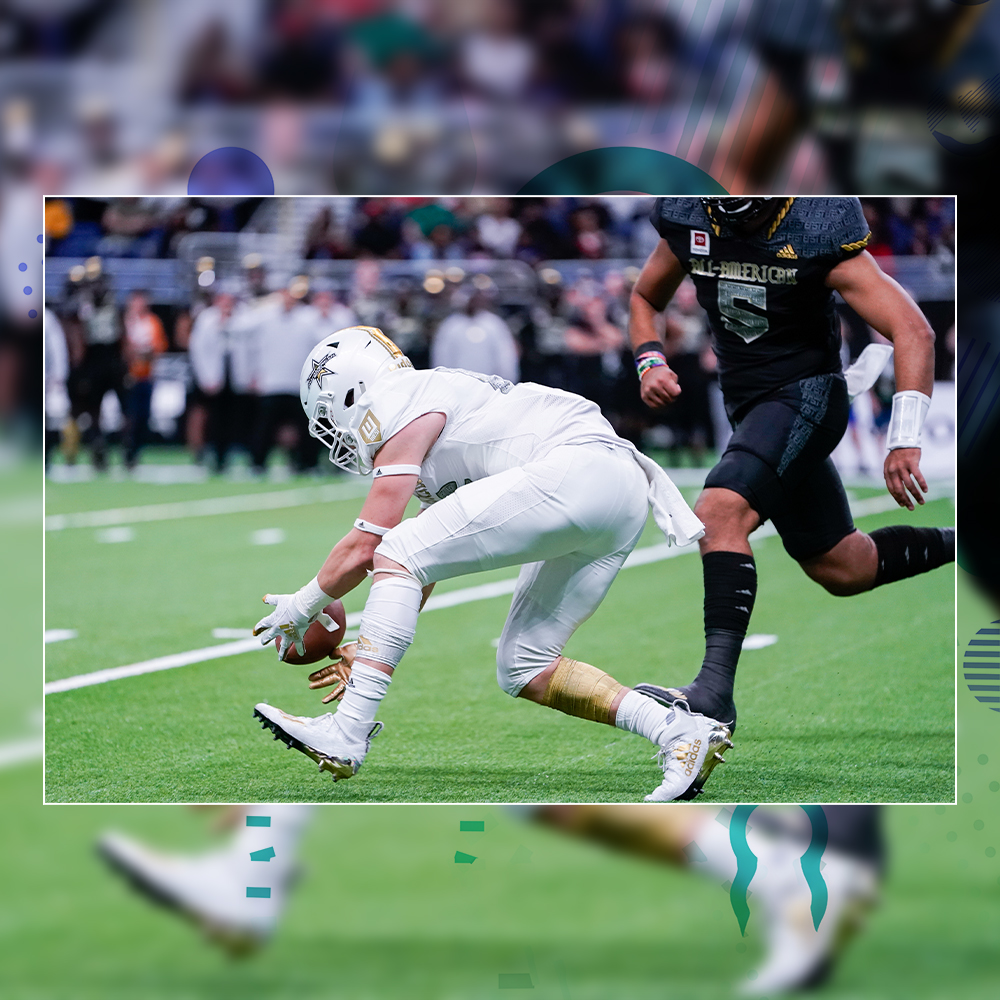Tackling the Odds: Overcoming Obstacles in High School Football


High school football isn’t just a game; it’s a testament to the indomitable spirit of young athletes who strive to conquer challenges on and off the field. From rigorous training regimens to academic commitments, these student-athletes face many obstacles that test their mettle. In this article, we delve into the world of high school football and explore the various hurdles players encounter and how they learn to overcome them.
Balancing Act: Juggling Academics and Athletics
For high school football players, time management becomes as critical as tackling or throwing. The demanding practices, games, and workout schedules can leave little time for academic pursuits. Striking a balance between excelling on the field and in the classroom is a formidable challenge.
Student-athletes often navigate late-night study sessions after intense practices or long bus rides home from away games. However, this struggle is where valuable life skills are honed. Learning to manage time effectively, prioritize tasks, and maintain discipline equips these young players with skills far beyond their football careers.
Physical Demands and Injuries
The physicality of football is both its allure and its obstacle. The grueling nature of the sport leaves players susceptible to injuries that can derail their seasons. The risk of getting hurt from sprained ankles to concussions is a constant shadow looming over every game.
Overcoming these physical setbacks requires a combination of mental fortitude and dedicated rehabilitation. Players must learn to channel their frustration and disappointment into motivation for a stronger comeback. The journey from injury to recovery fosters resilience, teaching these athletes that setbacks are temporary and that persistence can lead to triumph.
Team Dynamics and Leadership
A successful high school football team operates as a tight-knit community, but navigating team dynamics can be as challenging as facing a formidable opponent. Players’ diverse personalities, egos, and aspirations can sometimes clash, potentially disrupting team cohesion.
To overcome these obstacles, leadership emerges as a crucial factor. Captains and upper-level students often step up to bridge gaps and foster unity. Learning to communicate effectively, embrace diversity, and work harmoniously with teammates prepares these players for the collaborative nature of the professional world beyond the gridiron.
Pressure and Performance Anxiety
The spotlight on high school football can be both exhilarating and intimidating. The pressure to perform in front of cheering crowds, scouts, and college recruiters can affect players’ mental well-being. Performance anxiety is a real challenge that many student-athletes face.
Overcoming this mental hurdle requires mental conditioning and a robust support system. Coaches and mentors are pivotal in helping players build self-confidence and manage stress. By focusing on the process rather than the outcome, athletes can learn to embrace challenges and perform at their best, even under pressure.
Financial Constraints and Access to Resources
While football is deeply ingrained in American culture, not all high school programs are created equal. Financial constraints can limit access to training facilities, equipment, and coaching expertise. This creates a significant obstacle for players who aspire to compete at the highest level.
Overcoming such disparities often requires creative solutions and community support. Fundraising efforts, sponsorships, and community involvement can bridge the resource gap, ensuring talented athletes receive the opportunities they deserve. These challenges teach student-athletes the value of perseverance and giving back to their communities.
Dreams of Collegiate and Professional Football
For many high school football players, the ultimate goal is to continue their careers at the collegiate or even professional level. However, the path to achieving these dreams is riddled with obstacles. The competition is fierce, and transitioning from high school to college or the pros is a monumental leap.
Navigating the recruiting process, academic eligibility, and the pressures of heightened expectations can be overwhelming. Yet, those who persevere develop a deep sense of self-reliance and determination. They learn that setbacks are stepping stones, and they can overcome the odds stacked against them with relentless effort.
High school football is a microcosm of life’s challenges. The obstacles players encounter – from academic responsibilities to physical injuries, from team dynamics to the pressures of performance – prepare them for the rigors of adulthood. The lessons learned on the field extend far beyond touchdowns and tackles. They shape these young athletes into resilient, tenacious individuals who can overcome adversity with courage and grace. As they tackle the odds, high school football players emerge as beacons of inspiration, proving that with dedication and perseverance, no obstacle is insurmountable.
